Is This a Rabbit or Raven?
We asked experts to weigh in. Even they aren’t sure.

We’re still not done fighting over math problems and optimal sleeping temperatures, but today brings yet another tweet that’s specifically designed to stoke fierce debate. In the video below, a hand is seen affectionately petting a rabbit. Or, uh, wait: Is that a raven? No, no. It’s definitely a rabbit.
...BUT IS IT ACTUALLY A RAVEN?!?
Now that you’ve replayed the clip 37 times, you’re probably just as lost as we were when it first started circulating around the Popular Mechanics office. When we weren’t scrutinizing the footage like it was the Zapruder film, we were ascribing deeper meaning, Rorschach-style, to which of the two animals we saw:
Before things started getting too heavy with my coworkers, I decided to pose the question to a few experts. Because who else knows the bodies of ravens and rabbits better than the people who study them for a living?
“I definitely saw a raven—a white-necked raven,” said John Marzluff, Ph.D., a professor of forest resources at the University of Washington whose research focuses primarily on corvids, a bird family that contains ravens, crows, and jays. For reference, here’s what a white-necked raven looks like:
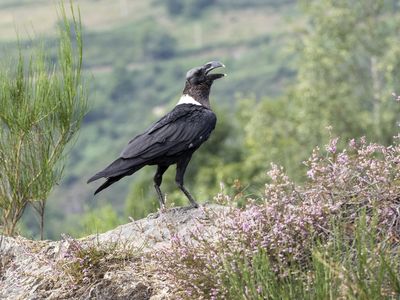
Majestic, right? “You can see the neck of the bird as the person pets it and the beak is hard, not soft,” Marzluff said. “The white crescent on the neck is indicative of a raven. I see the feathers erect slightly in response to petting and the posture indicates a bird being preened by its keeper.”
For what it’s worth, Marzluff showed the video to two of his colleagues, who did not officially participate in my survey and thus don’t count, and they both saw a rabbit. “But hey,” Marzluff said, “it’s a raven.”
Stay In The Know
Get exclusive access to fashion and beauty trends, hot-off-the-press celebrity news, and more.
Next, I sought insight from Kevin McGowan, Ph.D., project manager of distance learning in bird biology at the Cornell Lab of Ornithology. He, too, saw a white-necked raven getting scratched on the back of its head. “I’m familiar with the bird,” he said, “so I recognized the white till tips, the lanceolate throat feathers, and the white nape.”
McGowan admitted there was a “superficial resemblance to a rabbit face,” likening the raven’s beak to a rabbit’s ears. “But a second look shows a sharp, hard edge to the ‘ears’ and elongated feathers below them.”
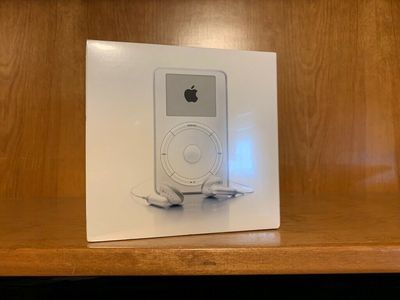
When the rabbit experts started chiming in, I expected them to stick up for their species. Alas, I was wrong.
“I saw a raven,” said Brian Kraatz, Ph.D., a professor in the department of anatomy at Western University of Health Sciences.
Kraatz, a board member of the World Lagomorph Society—an association for people who research lagomorphs, a family that includes rabbits and hares—and thus as good an authority on rabbits as anyone, says the creature’s upper and lower mandibles gave it away, as they weren’t aligned as he expected a rabbits’ ears would be. “They were front-to-back,” he said, “whereas rabbit ears would be side-to-side.”
The same went, sadly, for Dana Krempels, Ph.D., a senior lecturer in biology at the University of Miami and the founder and president of Houserabbit Adoption, Rescue, and Education (HARE), Inc. “I saw a raven, I think because that raven’s bills look nothing like real rabbit ears,” she said.
But then Krempels said something else that got to the crux of the video’s perplexing pull.
“For a second, the caption made me look at the video and think, ‘Holy cow, that is one deformed rabbit!’ And then the brain did the correction and immediately saw the raven. The power of suggestion.”
Indeed, the original tweet came with this caption: “Rabbits love getting stroked on their nose.” And that phrase clearly leads some people to interpret the image as a rabbit, says Kyle Mathewson, Ph.D., a neuroscientist in the psychology department at the University of Alberta.
If the raven-rabbit video looks familiar, it’s because it’s awfully close to the famous 19th-century optical illusion of a duck that looks like a rabbit, or a rabbit that looks like a duck, or a duck that looks like a rabbit, or ...
Last year, Mathewson and his colleagues built a study around this classic image to see how our brains interpret information with textual and visual clues. When the scientists repeated the images next to each other, about half of the subjects saw the same animal—either a duck or a rabbit.
But when Mathewson and co. primed the participants with a cue, like “imagine a duck eating a rabbit,” they were more likely to see a duck on the right and a rabbit on the left. “Our preconceptions about the world can influence how we see it,” Mathewson tells me.
“If the video was captioned, ‘ravens love getting head pets,’ way fewer people would see it as a rabbit,” he says.
Such language trickery makes us “see with our brain, not just our eyes,” says Sandra Kuhlman, Ph.D., a member of Carnegie Mellon’s BrainHub neuroscience initiative and the joint Carnegie Mellon/University of Pittsburgh Center for the Neural Basis of Cognition (CNBC), who was not affiliated with the research.
“The brain must learn to see through experience,” says Kuhlman. “This is known as a critical period. In the case of vision, there is a developmental window of heightened plasticity in which the neural circuits that process visual scenes solidify their connections based on what the individual experiences in their environment.”
Then there’s another maddening wrinkle: motion. The new video is even more annoying than the classic duck-rabbit because it isn’t just a static image, says optical illusion guru Susana Martinez-Conde, Ph.D., director of the Laboratory of Integrative Neuroscience at SUNY Downstate Medical Center.
Martinez-Conde calls the raven-rabbit video an “ambiguity illusion,” which occurs when our visual system is confronted with information that can be resolved in multiple ways.
“Because motion can be an important cue about the depth and shape of an object,” she says, “ambiguous illusions that include motion are far less common than those that feature static images.”
So even if we still can’t figure out exactly what the hell that thing is, at least now we know why the illusion has caught fire.
But for the record, it’s 100 percent a raven. Probably.
Andrew Daniels is the How-To Editor at Popular Mechanics. He doesn't know How To do everything. Not even a lot of things. Just some things. He used to be a senior editor at Men's Health, and he used to write (but not model) for Playboy, and he's also the author of The Barstool Book of Sports: Stats, Stories, and Other Stuff for Drunken Debate. He lives in Allentown, PA with his wife and dog, Draper.
-
 James Middleton Shares Why He Was "Breathless and Flustered" During Meeting With Queen Elizabeth
James Middleton Shares Why He Was "Breathless and Flustered" During Meeting With Queen Elizabeth"I heard a snort of laughter and looked past the Queen to see everyone in the room stifling their giggles."
By Kristin Contino
-
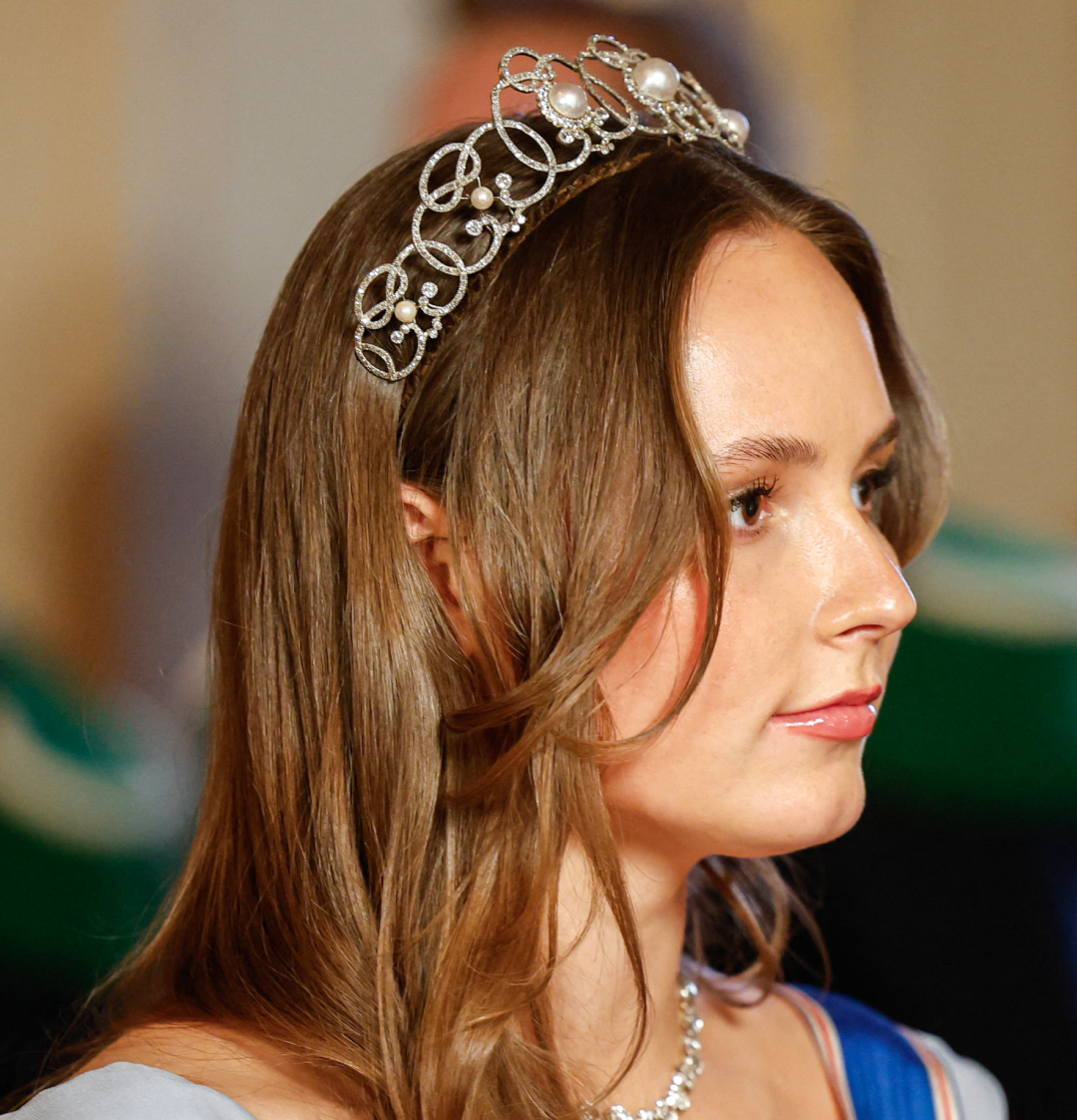 This Modern Princess Will Break a 600-Year-Old Tradition When She Takes the Throne
This Modern Princess Will Break a 600-Year-Old Tradition When She Takes the ThronePrincess Ingrid Alexandra of Norway will follow in a long-ago ruler's footsteps.
By Kristin Contino
-
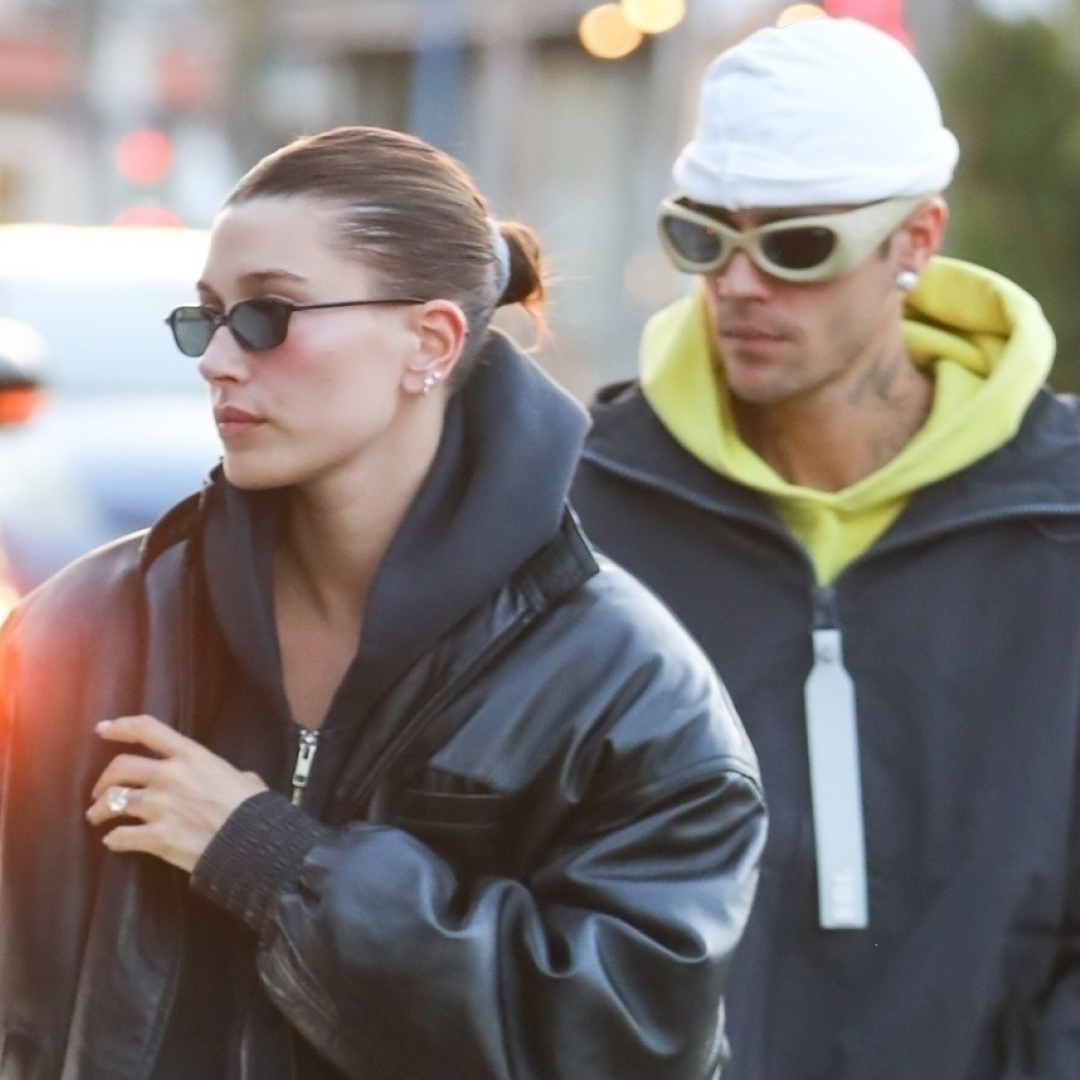 Hailey Bieber's "Favorite Jacket" Is Actually One She Designed
Hailey Bieber's "Favorite Jacket" Is Actually One She DesignedIt's a piece for husband Justin Bieber's new brand.
By Halie LeSavage
-
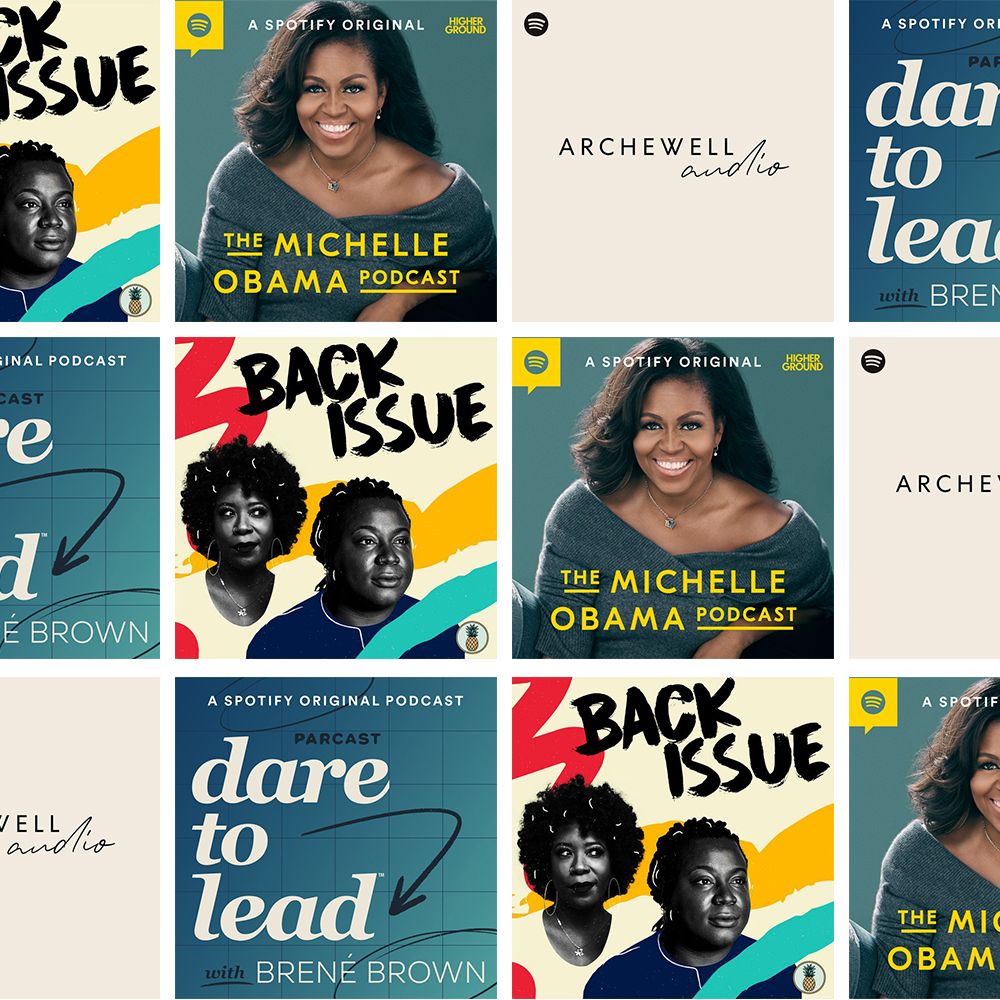 The 18 Best Podcasts of 2021 (So Far)
The 18 Best Podcasts of 2021 (So Far)Like listening in to your funniest, most knowledgable friends.
By Julia Marzovilla
-
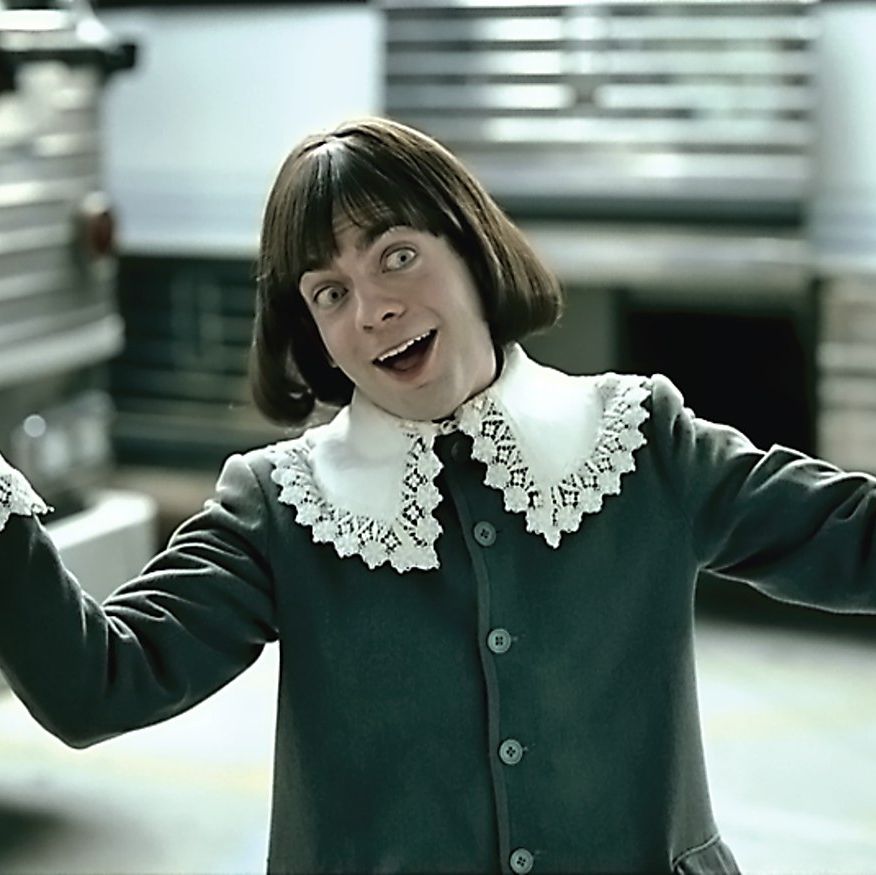 The "Berries and Cream" Trend on TikTok, Explained
The "Berries and Cream" Trend on TikTok, ExplainedIf you can't stop singing: "I'm a little lad who loves berries and cream"...you're not alone.
By The Editors
-
 The "Challenge Accepted" Trend, Explained
The "Challenge Accepted" Trend, ExplainedFeatures You've probably spotted a ton of black-and-white photos on your feed.
By Katherine J. Igoe
-
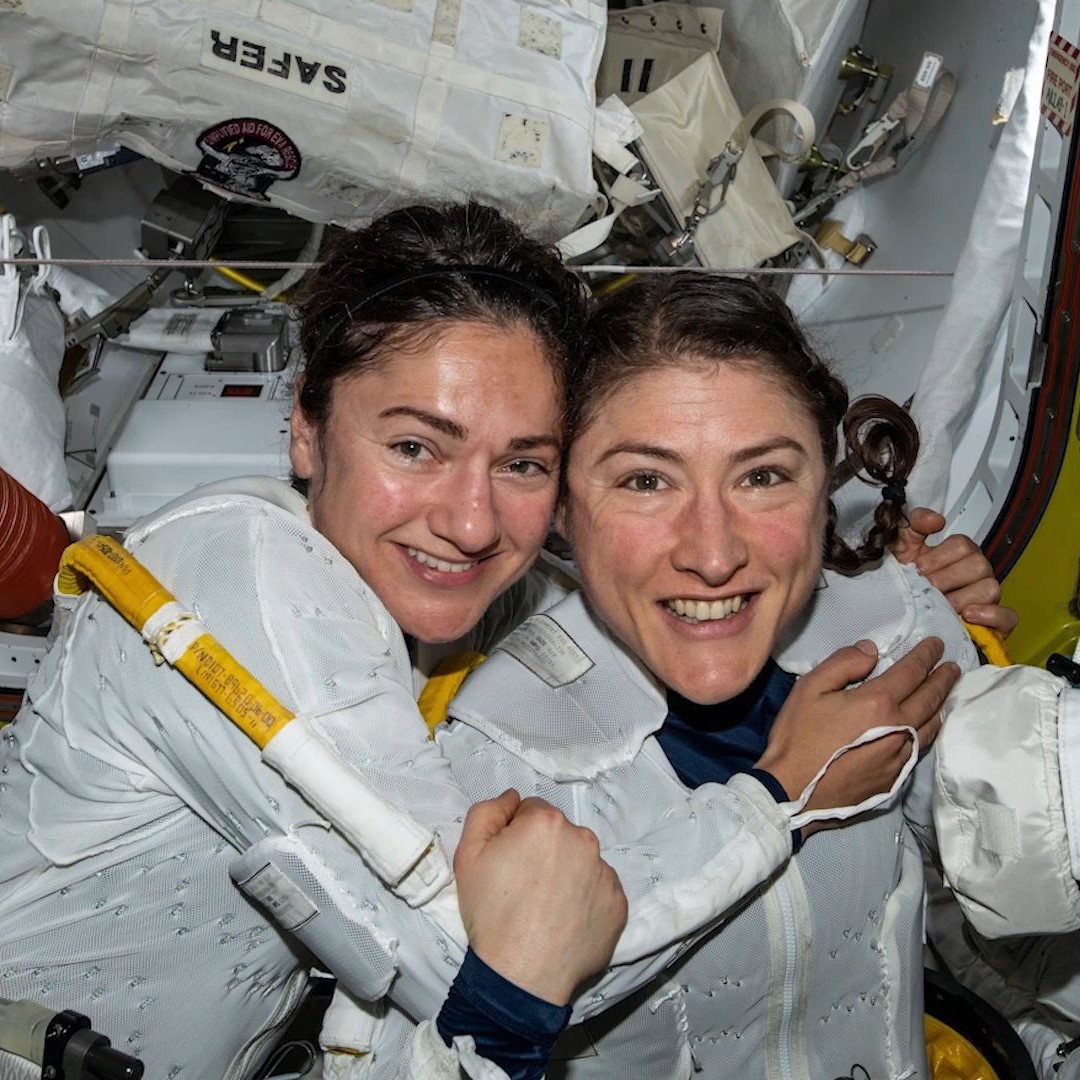 24 Hours in Space With Astronauts Christina Koch and Jessica Meir
24 Hours in Space With Astronauts Christina Koch and Jessica MeirThe women give Marie Claire an exclusive look at a day on board the International Space Station.
By Rachel Epstein
-
 Do I Need This 5-Foot Corgi Sprinkler?
Do I Need This 5-Foot Corgi Sprinkler?I can't stop thinking about it!
By Caitlyn Fitzpatrick
-
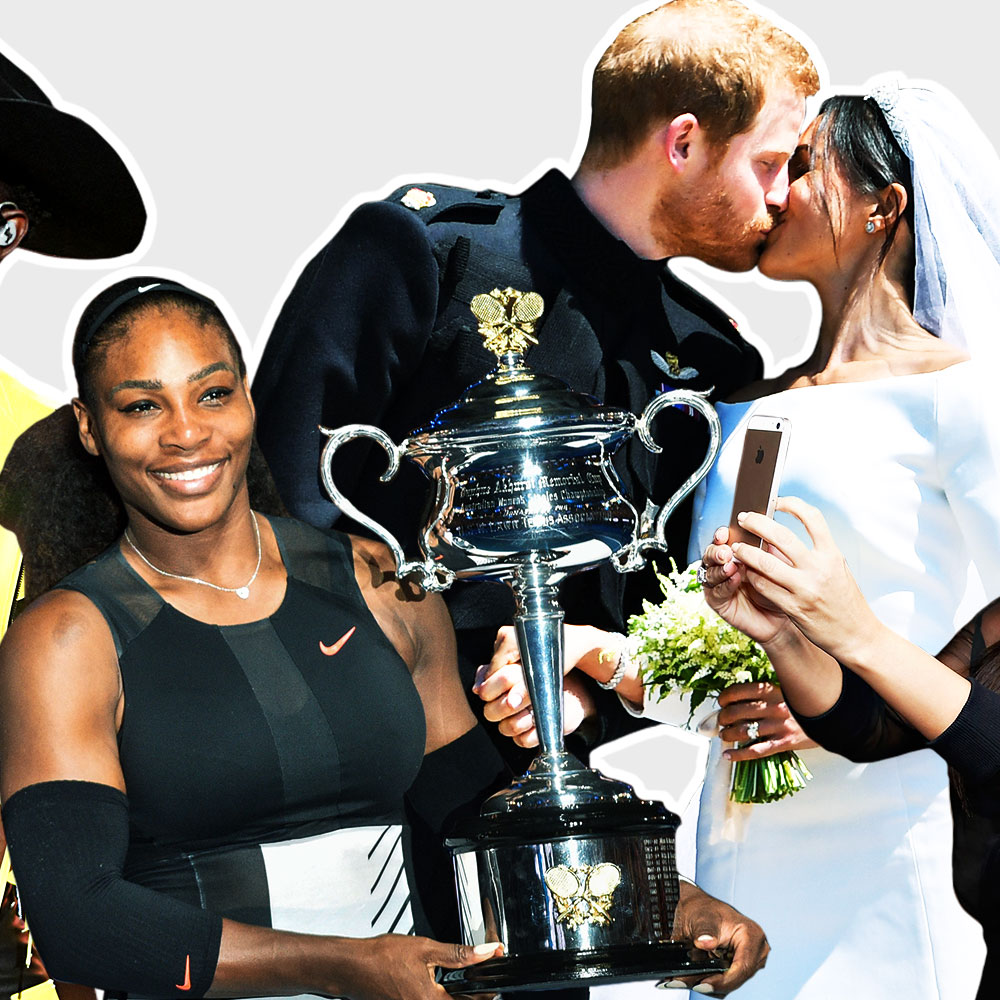 The 50 Biggest, Most Influential, Most Unforgettable Pop Culture Moments of the 2010s
The 50 Biggest, Most Influential, Most Unforgettable Pop Culture Moments of the 2010sFrom Lady Gaga's Meat Dress to the College Admissions Scandal, we're revisiting the moments that defined pop culture this decade.
By Danielle McNally
-
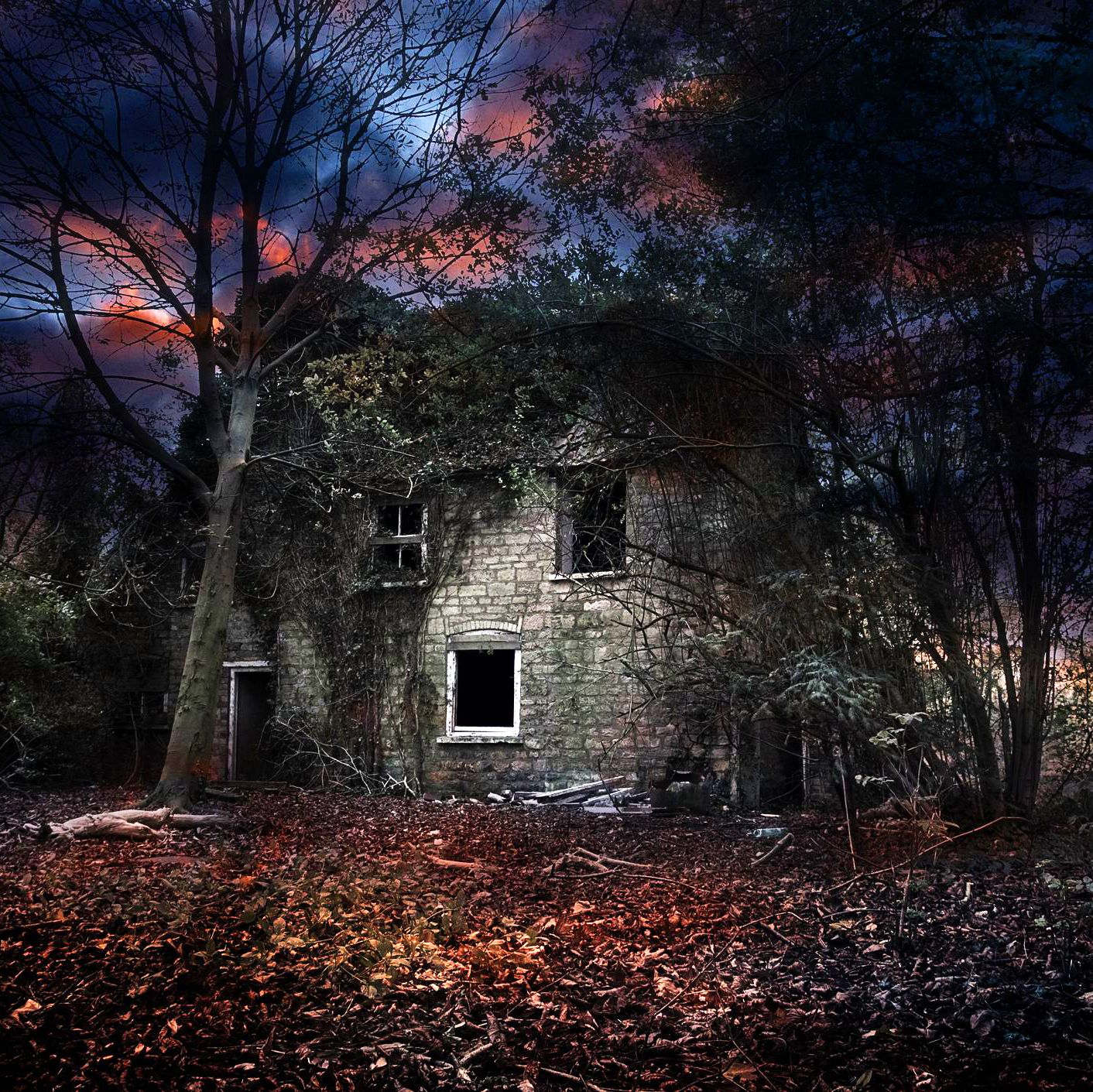 A Haunted House In Tennessee Will Pay You $20,000 If You Make It to the End
A Haunted House In Tennessee Will Pay You $20,000 If You Make It to the EndYou need to sign a 40-page waiver, make up a safe word, and get a doctor’s note to even get through the doors.
By Megan Stein
-
 Is It Possible to Live Trash-Free?
Is It Possible to Live Trash-Free?The planet is in peril, and plastics are a major problem. Now there’s an entire movement dedicated to changing our habits before it’s too late. But how much good can an individual really do? Marie Claire investigates.
By Cady Drell